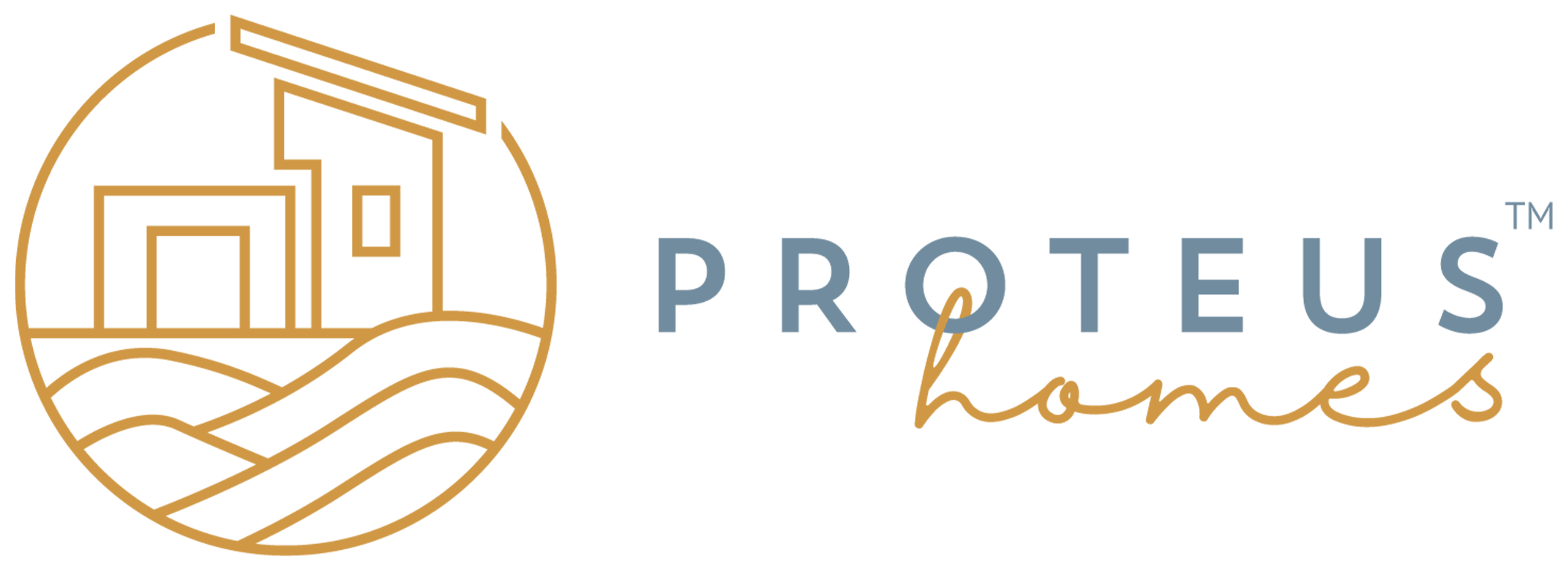ADU Terminology
ADU
ADU stands for Accessory Dwelling Unit. An ADU is a second dwelling unit that is built on the same property as a single-family home. It typically has its own entrance, kitchen, bathroom, and living area. ADUs can be detached from the main home, or attached (such as a converted garage or basement).
JADU
JADU stands for Junior Accessory Dwelling Unit. It is a type of ADU that is no more than 500 square feet and located within the main residence. It typically has a separate entrance, but no separate kitchen.
Lot Coverage
Lot Coverage is the amount of land on a property that is covered by buildings or other impervious surfaces such as pavement or concrete. It is usually expressed as a percentage of the total land area of the property.
Setbacks
Setbacks refer to the minimum distance that a building must be located from a property line. This is typically specified by local zoning regulations, and is meant to ensure that buildings are not too close to property lines and do not encroach on neighboring properties.
Single Family Zoning
Single Family Zoning is a type of land use designation that is intended for residential areas where only single-family homes are allowed. This means that multi-family buildings such as apartments or condos are not permitted in these areas.
Utility Easement
A Utility Easement is an area of land that is reserved for the installation and maintenance of utilities such as gas, water, and electricity. It typically grants a utility company or other entity the right to access and use a portion of the property for this purpose.
Zoning Code
A Zoning Code is a set of laws and regulations that specify how land can be used in a particular area. It typically regulates factors such as building size, density, lot coverage, and setbacks.
Building Code
Building Code is a set of regulations that specify the minimum standards for design, construction, and safety of buildings. These codes are meant to ensure that buildings are safe, healthy, and accessible for their intended use, and are updated periodically to reflect new technologies and building techniques.
